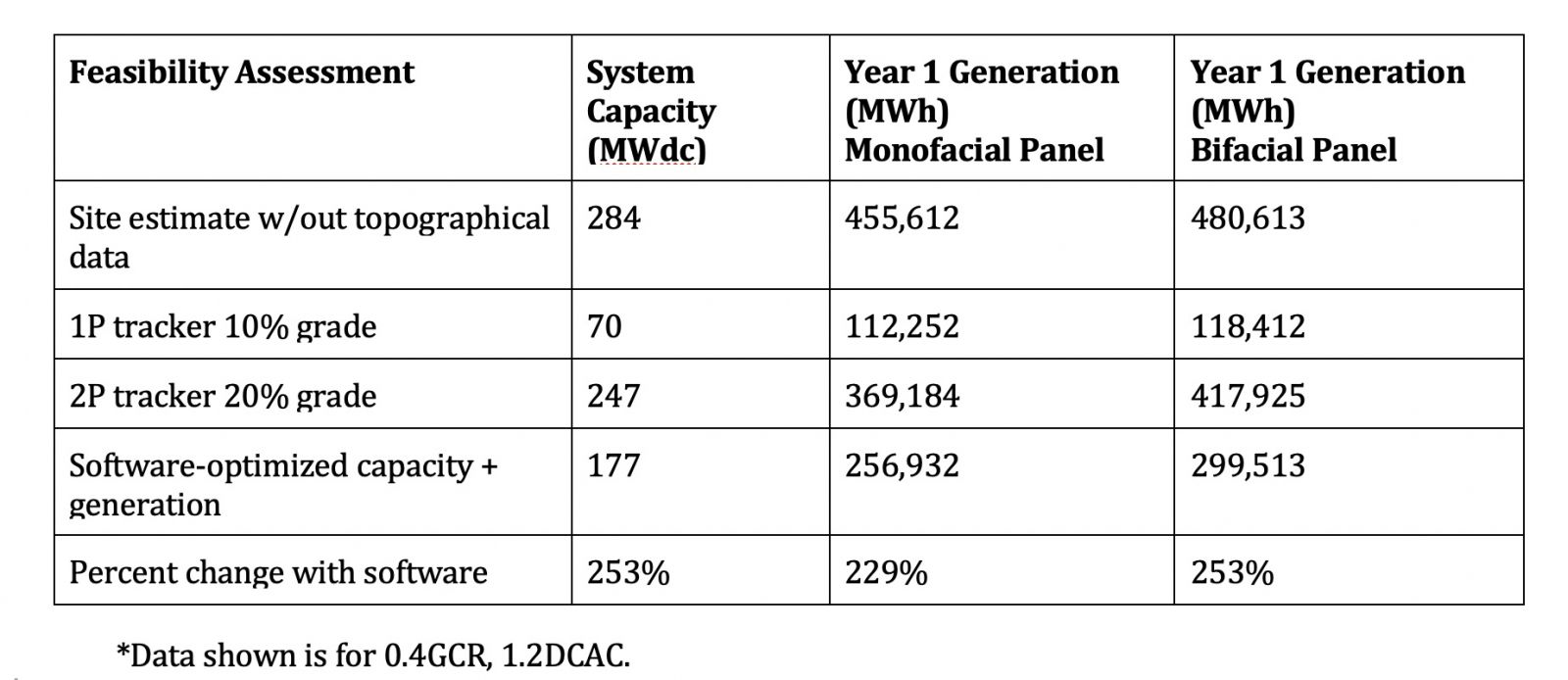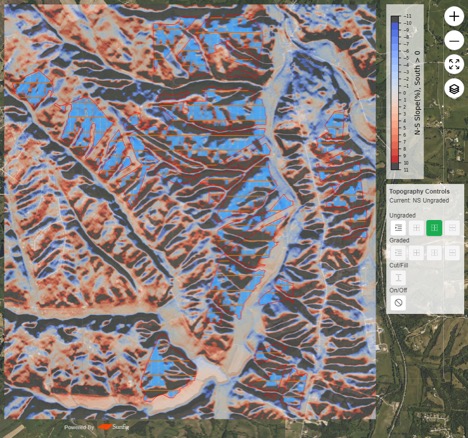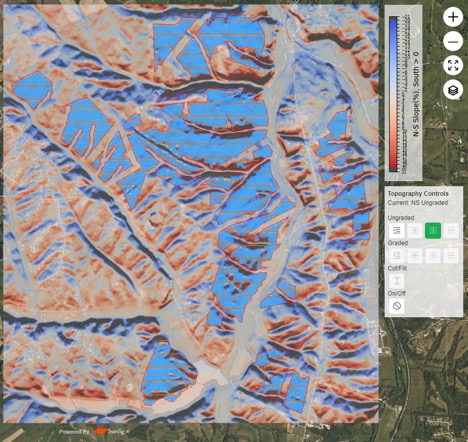Smarter Project Optimization from the Start
Utility PV demands multiple cost/benefit scenarios from its genesis. Particularly early on, project development generates complex questions that can require weeks of validation to answer. As projects develop, the focus on finishing on-time and on-budget drives every decision and impacts every partner. Myriad factors, including unpredictable site conditions and variable time-of-use rates, can easily disrupt a well-defined plan, eroding already razor-thin margins.
Grinding toward feasibility with traditional strategies
Conventional feasibility study methods are burdensome and often miss the mark. A decade ago, when solar panels cost substantially more than land, optimization was less of an issue. Systems relied on incentives and were tuned to produce maximum energy per module; there was little to gain by fine-tuning internal shade loss, land use, or inverter clipping.
Today's priorities have flipped. Developers optimize for energy as a function of cost, balancing a mix of other factors, including weather, location, components, and construction costs.
Despite these changing priorities, many developers still use traditional project feasibility strategies, deploying engineers for design layout and performance while relying on analysts to develop financial models. Pricey consultants or internal teams can work for several weeks to evaluate various site configurations before offering an optimized system. Nonetheless, there are no guarantees that their efforts will bring in the most competitive bids.
New tools launch new opportunities
Fortunately, a new wave of project development software is coming to market that can smooth the road to feasibility. Instead of belaboring the effort for weeks on end, these specialized optimization platforms can quickly model hundreds of project layouts, conditions, performance goals, and financial scenarios. Taking advantage of these tools can get projects started off right from the start to reduce risks and save time.
These platforms bring in smart design, performance, and financial modeling solutions early on in the cycle to optimize projects and maximize rates of return. By taking the guesswork out of optimization, the software streamlines complex projects, boosts returns, and increases competitive advantage.
Smart software helps Kentucky developer unlock 253% production boost
Today's optimization software provides a data-driven view of each project's unique profile to maximize value and increase ROI from the first steps in the development cycle.
A case in point: A Kentucky project developer used a feasibility system early on to maximize land use on a 284-MW site. At first glance with a CAD tool, a satellite view indicated that the site's rolling hills were suitable for a standard tracker using a portrait architecture and a 10 percent grade tolerance. That design would have delivered only 70 MWs of capacity, and an impossibly complex wiring plan. Because the local jurisdiction would not allow grading, the project would not have panned out.
Instead, the developer used a project optimization tool to refine its view of the site's potential. Leveraging topographical features unlocked an additional 177 MWs of project capacity - more than tripling the project's potential to a total of 247 MWs.
The user then imported topographical data from Google Earth and the U.S. Geological Survey (USGS) to explore what could be done with different technologies. The system showed that a more flexible tracker with up to 20 percent grade tolerance would offer far greater capacity, increasing annual production 229 percent using a standard monofacial panel.
Seeing an opportunity to further optimize yield, the developer ran another simulation combining bifacial technology with a 20 percent-grade tracker. The results were astounding:
â— The same 247-MW site could now deliver an estimated 299 GW hours of production annually - a 253 percent increase over the initial configuration using a standard 10 percent-grade tracker.
â— Using a bifacial panel adds 43 GW hours more energy than the original configuration with a monofacial panel.
Feasibility analysis using different tracker and module technologies optimized the project*:

Site with 10% slope tracker and bifacial module. Area in gray is where the north/south slope analysis is greater than the 10% grade tolerance.

Site with 20% slope tracker and bifacial module. Area in gray is where the north/south slope analysis is greater than the 20% grade tolerance.

What to look for in a project optimization platform
To uncover hidden value, project developers want more efficient system configurations, more cohesive project roadmaps, and stronger overall returns. The current wave of project development systems can get them there. Consider software that offers these features:
â— Layout and performance tools comparable to industry gold standards, such as PVSyst, to make optimal design choices and product selections confidently.
â— Seamless integration from user and industry databases and export files to initiate downstream work (i.e. component data from PAN, OND, and PVSyst; export data in XLS and CAD formats).
â— Accurate topography functions that allow users to import data from the USGS and Google Earth for slope analysis, shading, and numerous other factors.
â— Comprehensive financial modeling platforms including IRR, LCOE, and NPV financial models to optimize project returns.
â— Fast, easy-to-use browser-based systems with multi-configuration modeling and cloud architecture to eliminate the need for additional software.
Smart optimization from the start reaps rewards
Developers large and small face the same dilemma: how to improve early-stage development planning to boost returns and decrease risks. Project feasibility software provides the digital intelligence needed to power confident solar decision making. Whether increasing PPA competitiveness, optimizing for IRR and time-of-use, or reducing installation costs, these new tools put developers ahead from the start.
 Ashton Vandemark is the founder and CEO of Sunfig. Now part of the Gibraltar Renewable Energy Group, Sunfig offers a design, performance, and financial modeling platform that has been used on projects totaling 250GW of potential capacity.
Ashton Vandemark is the founder and CEO of Sunfig. Now part of the Gibraltar Renewable Energy Group, Sunfig offers a design, performance, and financial modeling platform that has been used on projects totaling 250GW of potential capacity.
Sunfig | www.sunfig.com
Author: Ashton Vandemark, Chase Anderson, and Mike Slack
Volume: 2021 September/October









.jpg?r=3246)
.gif?r=5287)

.jpg?r=7054)